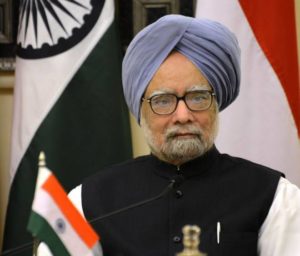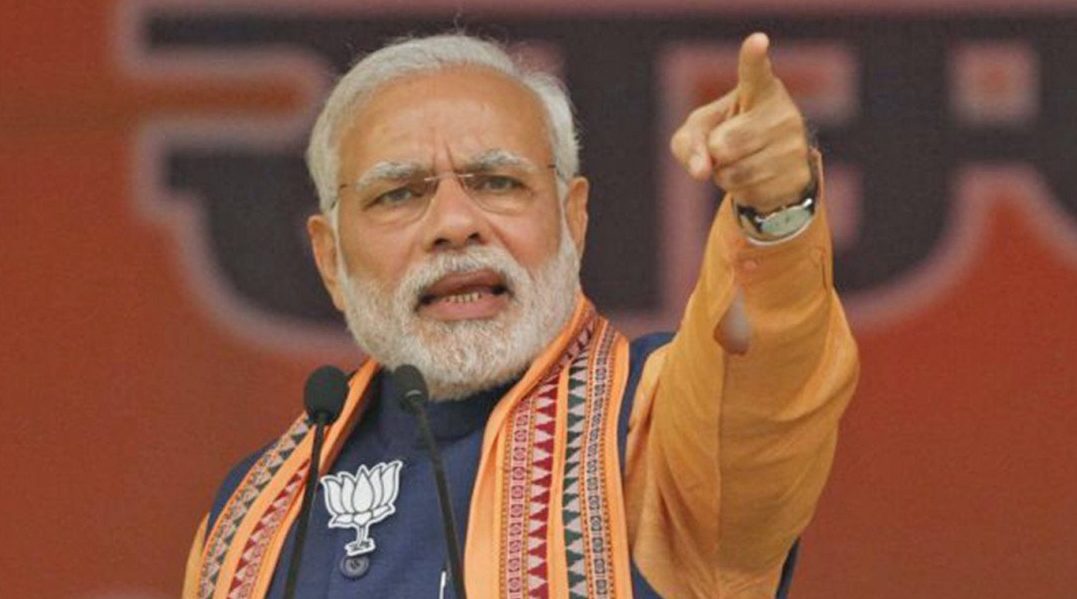Maitreesh Ghatak takes a close look at some of the latest figures and finds that the performance of the Modi government has been underwhelming at best.
A new set of economic data put out by a sub-committee of the National Statistical Commission has enabled a proper comparison between the growth rate under the Narendra Modi government, that is now in its fifth year, with the growth rates under the UPA I and II governments led by Manmohan Singh. Since 2014, the Central Statistical Organisation (CSO) changed the base year for national income data to 2011-12 from 2004-05. However, since the new base was not applied to data from prior years (or, equivalently, a parallel series of the new data with the old base of 2004-05 was not made available), it made comparison of growth rates before and after 2011-12 impossible. Moreover, by all accounts, in the last three years of the UPA II government, the growth rates were lower than the early phases of UPA II and the UPA I years. This created an impression that the growth rates of the present government are respectable, if not an improvement over the growth rates of the last few years of the previous government. That is misleading and leads to a biased picture, just like if we were to compare someone’s batting average with another person’s average over games in which the latter under-performed.
The publication of the new series, which are yet to be vetted by the Central Statistical Commission before they become officially acceptable, removes the problem of comparability. It turns out that overall, the economy under both UPA terms (10-year average: 8.1 per cent) outperformed the Modi Govt (average: 7.3 per cent). Even if we look at the average growth rate under UPA II, a period of so-called policy paralysis, it was marginally higher at 7.4% than that under the Modi government. So much for achhe din! Also, growth in the Vajpayee era was pretty anaemic (an average of 5.8%) and yet it is often asserted that NDA I achieved high growth that UPA somehow squandered. Indeed, if we compare with India’s growth rate with the average growth rate in the world, the highest margin was during UPA II (5.26 percentage points), compared to either the Modi years (4.48 percentage points) or the Vajpayee years (3.02 percentage points).
The defenders of the Modi government have no option but to accept these facts as these are based on official government statistics. Therefore, they have switched to the issue of quality of growth. The UPA government attracted much criticism ever since the fiscal deficit shot above 5% of GDP, with successive budget figures being bandied about as indicators of its proclivity for overspending and fiscal mismanagement. As with growth, this critique draws its strength from a considerable degree of amnesia. Guess which regime in the recent past had the highest deficit-to-GDP ratio? That was NDA I, with an average of 5.7%. The average for the UPA I and II period is 4.6% while that for NDA II is 3.8%. So yes, the Modi government has marginally reduced the deficit to GDP ratio relative to UPA, but UPA reduced it more than a percentage point with respect to NDA I. This is corroborated if we look at the debt-to-GDP ratio. The average during NDA II is 69%, which is only a marginal improvement over the figure for UPA II, 69.4%, while the corresponding average during NDA I was 76%.

The other frequently repeated argument is that inflation was consistently higher under UPA. Now while inflation is bad, the GDP growth under UPA was higher even at constant prices. But there is some truth to this criticism. If we take the CPI inflation rate, the average for the UPA period was 8.3%, while that for NDA II is 4.4%, which is a distinct improvement (the figure for NDA I is marginally better at 4.2%). However, let us look at possible causes for this. There was a sharp rise in oil prices and a commodity price boom (especially food prices) across the world during the UPA years. Crude oil prices hit a record of $160 a barrel in 2008, with the average price being $93 per barrel during the UPA II years, with the corresponding figure being $53 during the Modi years. This is a striking fact. Rising oil prices not only contribute to inflation but lead to a rise in deficits (by raising the fuel subsidy bill) and so, in this respect, the two NDA governments were far luckier than the UPA government.
In any case, the thought that high UPA growth rates were fuelled by a government spending binge (mostly on unproductive things like welfare), which is not sustainable, and produced undesirable side effects like inflation, suggests that it is possible to generate a decade-long, high single-digit growth of real GDP simply by high government spending. The reality is that government consumption (which includes welfare spending) was flat, but capital formation went up, and, as we noted, the deficit-to-GDP ratio fell during the UPA years. If we look at the investment-to-GDP ratio, the average during UPA II was 37%, while for the Modi era, it has dropped to 32.3%. Clues to the underwhelming growth performance during the last few years can be found here.
In 2014, much of the corporate sector, the middle class and sections of the intelligentsia seemed impatient with the state of the economy and the attraction of a strong leader who promised to unshackle India’s economic potential and make its presence felt in the world stage seemed irresistible. However, while election campaigns are run on promises, performance can only be judged in terms of facts and figures in the cold light of day. At some point, the numbers need to add up. They have started to.
This article originally appeared on NDTV on August 30, 2018.
[The views expressed belong solely to the author, and may not reflect the opinions of the editorial team]


Comments are closed.